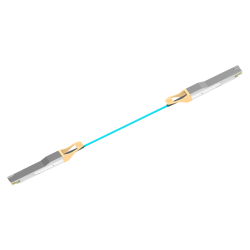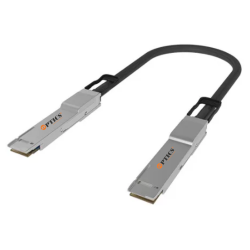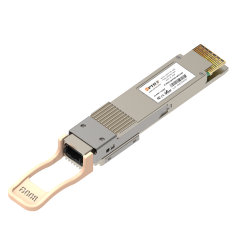What form-factors are used for 800G optics and cables?
800G optics and cables use the same form-factors used by 400G optics, the OSFP and the QSFP-DD..
• The OSFP: The OSFP stands for “Octal Small Form-factor Pluggable”. It is described as an “Octal” module because the electrical interface of an OSFP connector consists of 8 electrical lanes. When used for 800G, each electrical lane is modulated at 100Gb/s, for a total of bandwidth of 800Gb/s.
• The QSFP-DD: The QSFP-DD stands for “Quad Small Form-factor Pluggable (QSFP) – Double Density (DD)”. The QSFP-DD form factor is similar to the QSFP form factor, with an additional second row of electrical contacts to increase the number of high-speed electrical lanes from 4 (in a QSFP) to 8 (in a QSFP-DD). When used for 800G, each electrical lane of the QSFP-DD is modulated at 100Gb/s, for a total bandwidth of 800Gb/s.













